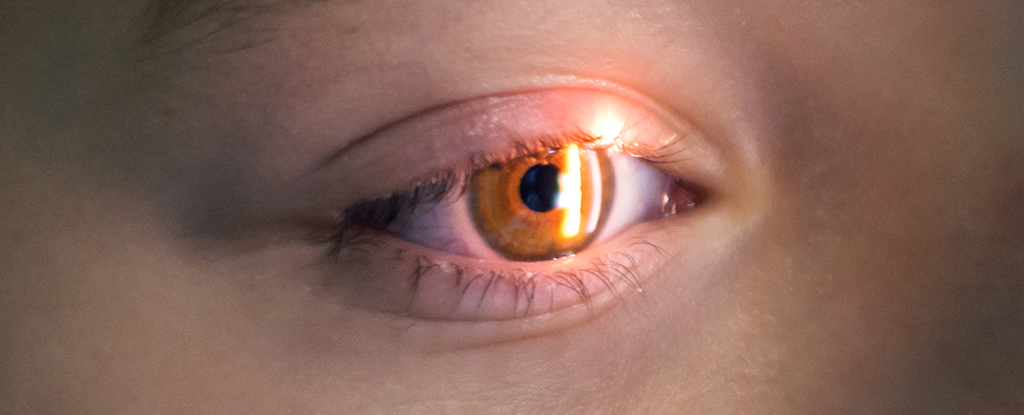While our body shuts down in slumber each day, the brain remains busy at work, filing through the day’s recordings and making sense of them with respect to past experiences.
Just how fresh memories are processed without blurring into old recollections has never been clear, with scientists hypothesizing different methods of keeping our memories separate while we sleep.
Researchers from Cornell University in the US strapped brain-scanning electrodes and tiny eye-tracking cameras to mice, monitoring them as they learned new tasks in the day, such as navigating a maze, and slept during the night. (Fun fact: mice can sleep with their eyes open.)
The team found two substages happening during non-rapid eye movement (NREM) sleep, that restorative period crucial to forming memories. One replayed new memories, coinciding with a constriction of the pupils. The other substage featured recall of older memories, with the pupils dilated. Each phase occurred in quick succession.
The findings help answer the question of why consolidation of new memories doesn’t erase old ones; for example, learning to play the piano without forgetting how to ride a bike. A similar analysis will need to be carried out in humans to verify the results, even if we do share a lot of brain similarities with mice.
“Our results suggest that the brain can multiplex distinct cognitive processes during sleep to facilitate continuous learning without interference,” write the researchers in their published paper.
Previous studies have identified links between pupil size and sleep state, and between sleep state and memory formation, but this study adds a whole new level of detail to those connections.
Before now, there had been plenty of debate over how the brain fitted new memories in amongst the old ones during sleep – specifically, just how separated and intentional these processes are.
The team also found that blocking sharp-wave ripples (SWRs) – known to affect memory storage – during contracted pupil stages in the mice limited their capabilities to remember anything new.
“It’s like new learning, old knowledge, new learning, old knowledge, and that is fluctuating slowly throughout the sleep,” says neuroscientist Azahara Oliva, from Cornell University.
“We are proposing that the brain has this intermediate timescale that separates the new learning from the old knowledge.”
The implications of the study are far-reaching: having a non-invasive means of monitoring brain function may help in the treatment of memory issues or the boosting of memory, for example.
The findings also lend weight to hypotheses on how our brains and computer systems have the potential to forget old information on a significant scale. In AI, it’s known as catastrophic forgetting, and is one area where the machines are still way behind biology.
“This finding provides a potential solution for the long-standing problem in both biological and artificial neural networks of preventing catastrophic interference while also enabling memory integration,” write the researchers.
The research has been published in Nature.





